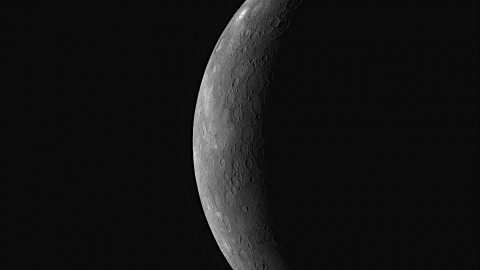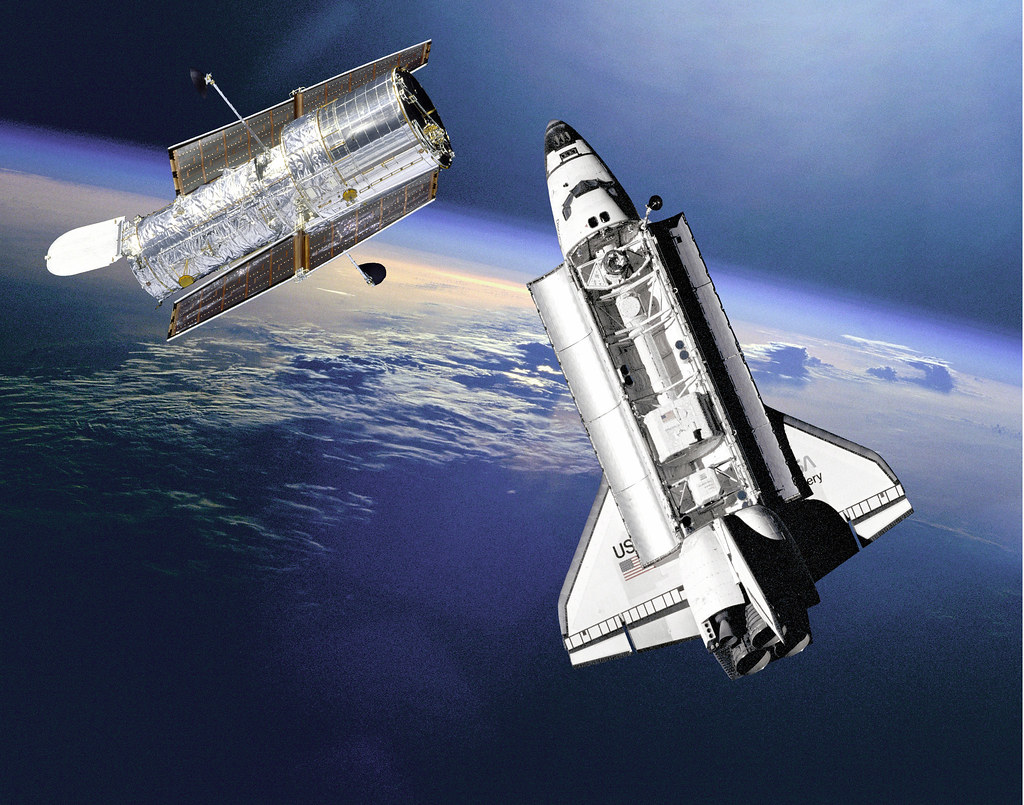
Image Source: “Space Shuttle Discovery approaches Hubble Space Telescope” by loomingy1 is licensed under CC BY-NC-ND 2.0
The Hubble Space Telescope (HST) is one of the largest space telescopes invented. It was built by NASA and launched into Earth’s orbit in 1990. Contributions were also made by the European Space Agency (ESA). The 30th anniversary of the HST was celebrated on April 24th 2020. The HST has provided humankind with unprecedented views of deep space. It is fittingly named after Edwin Hubble (American astronomer) who showcased that the dust clouds previously known as nebulae were actually other galaxies outside of the Milky Way. The HST is set to succeeded by the James Webb Space Telescope in 2021.
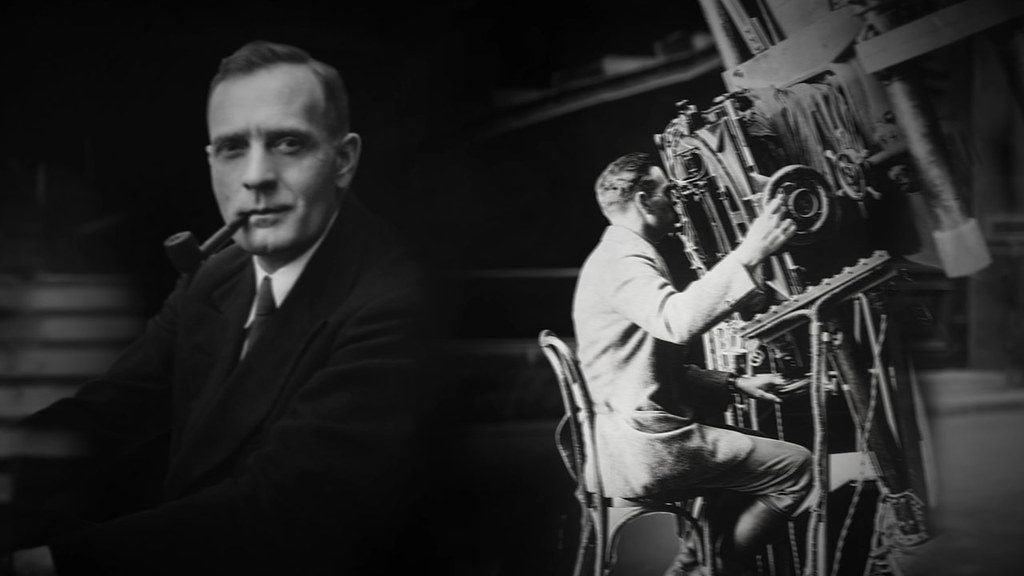
Image Source: “Still from Hubblecast episode 89: Edwin Hubble” by Hubble Space Telescope / ESA is licensed under CC BY 2.0
Hubble Deep Field and Hubble Ultra-Deep Field
The Hubble Deep Field (HDF) image is an incredibly significant photograph assembled by the HST in 1995. What’s so special about the image is that nearly all of the visible objects are other galaxies, making it one of humankind’s earliest exposures to the vastness of the universe. The HDF gave us new information on the early universe due to the young age of the galaxies pictured.
The Hubble Ultra-Deep Field (HUDF) image was assembled between 2003 and 2004. The significance of the HUDF image was that it looked back 13 billion years into the history of the universe. The HUDF has allowed scientists to learn about the formation of galaxies within just a billion years after the Big Bang.
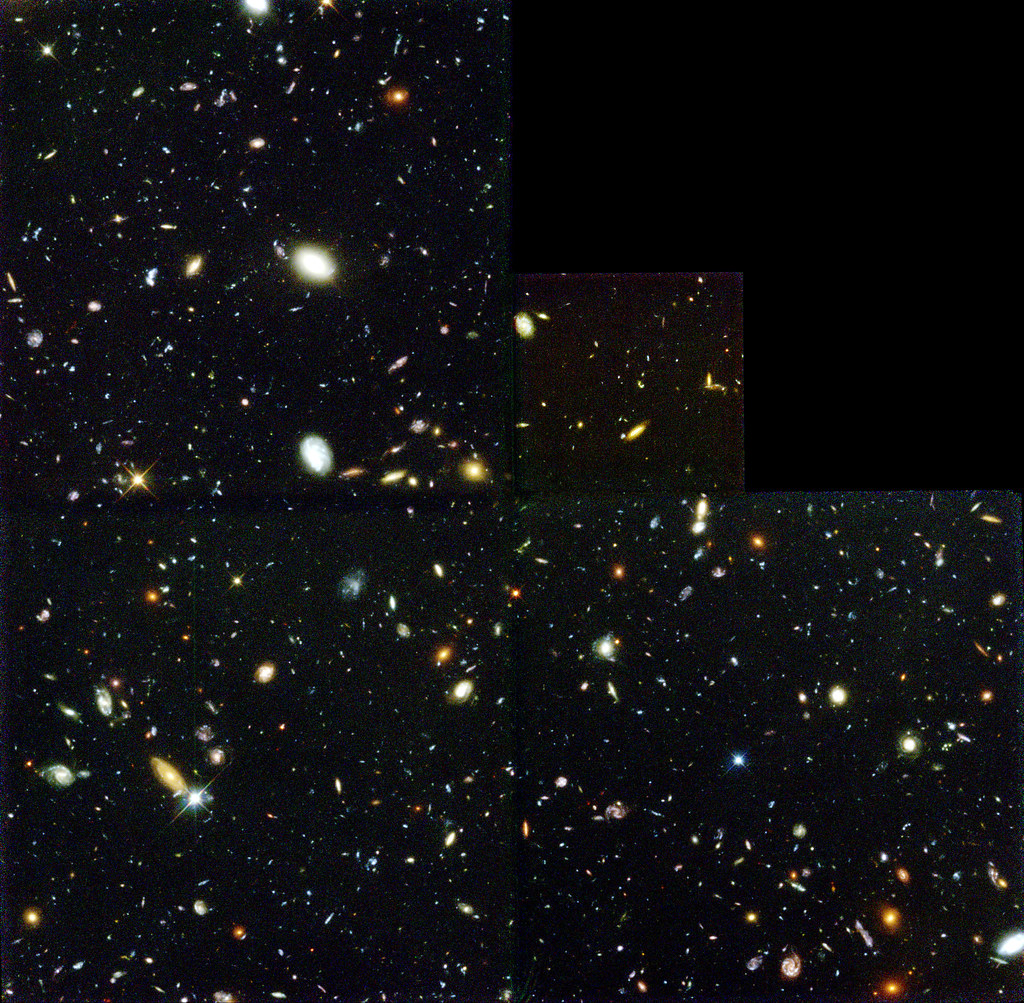
Image Source: “Hubble Deep Field” by NASA Universe is licensed under CC BY 2.0
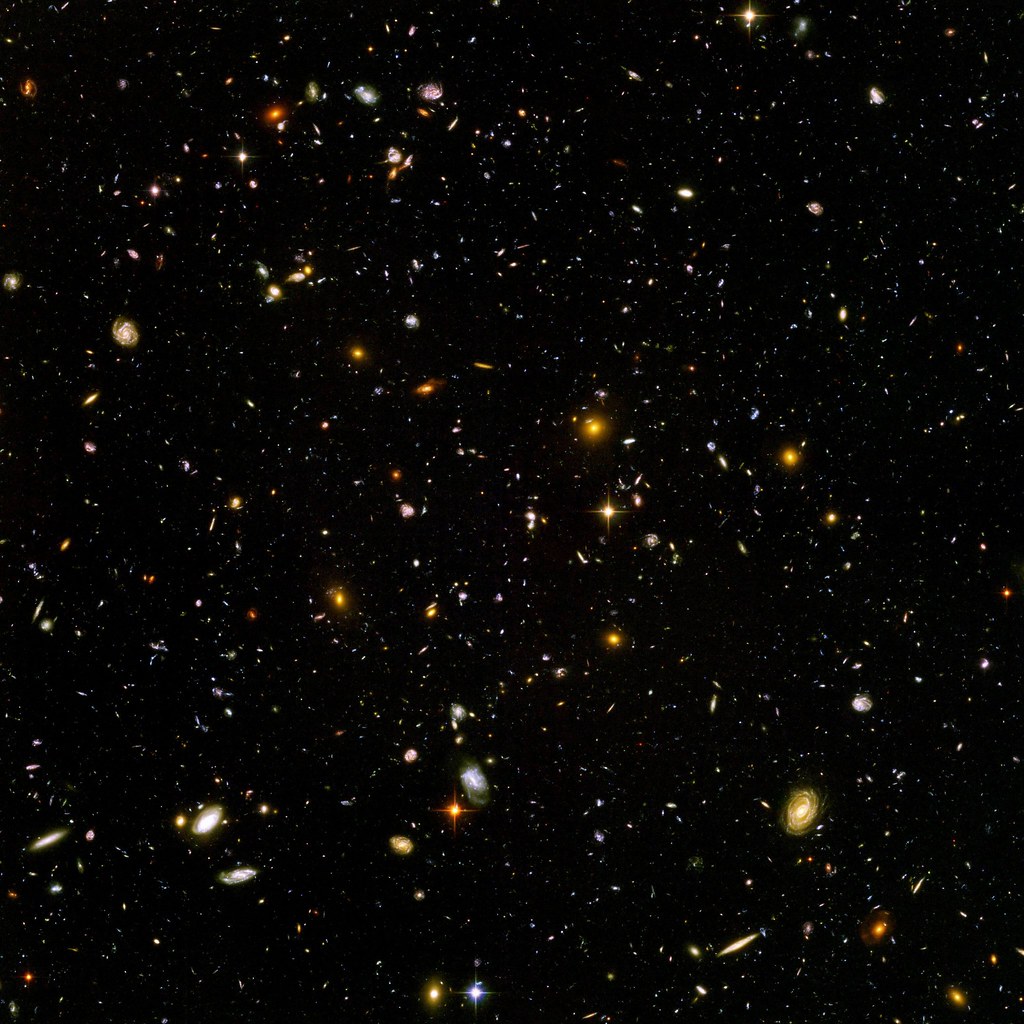
Image Source: “Hubble Ultra Deep Field” by alquitos is licensed under CC BY-NC-ND 2.0
James Webb Space Telescope
The James Webb Space Telescope (JWST) is set to launch in 2021, and as said by NASA will “complement and extend” the work of the Hubble Space Telescope. Whilst the HST functions as an observatory in the near-infrared, visible light and ultraviolet regions of the electromagnetic spectrum, the JWST is an infrared observatory. This will allow the JWST to observe earlier events in the universe’s history, such as formation of the very first galaxies. The JWST will also investigate the formation of stars and protoplanets in dust clouds.

Image Source: “NASA’s James Webb Space Telescope Has Been Assembled for the First Time” by NASA’s Marshall Space Flight Center is licensed under CC BY-NC 2.0




